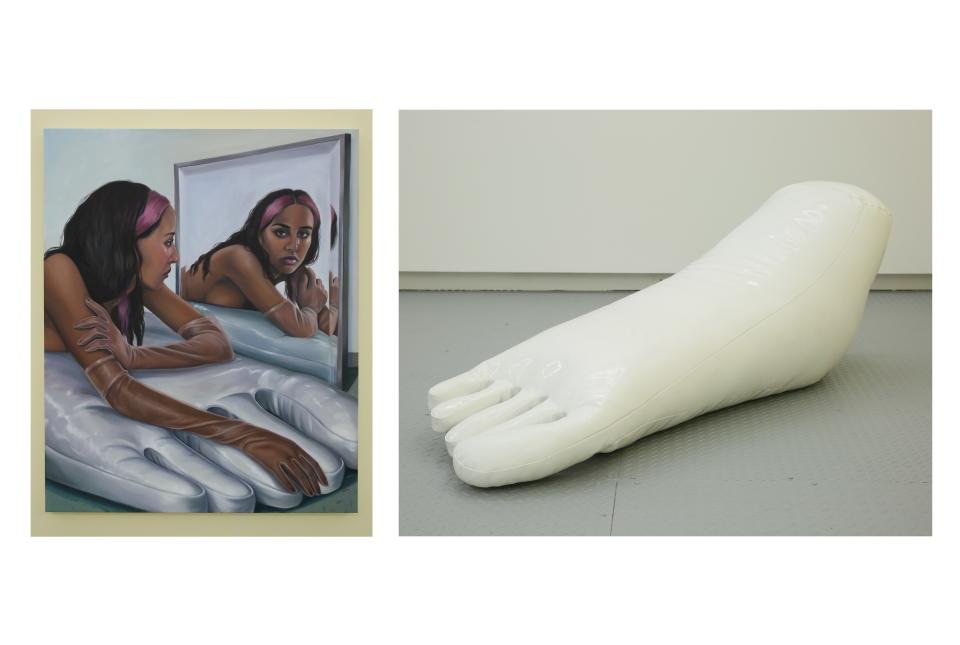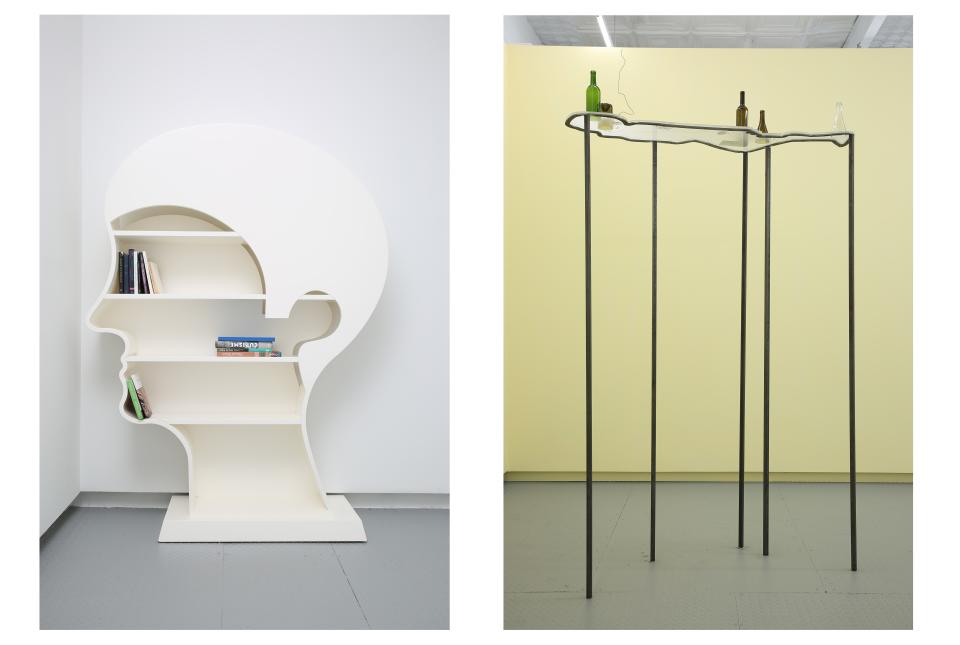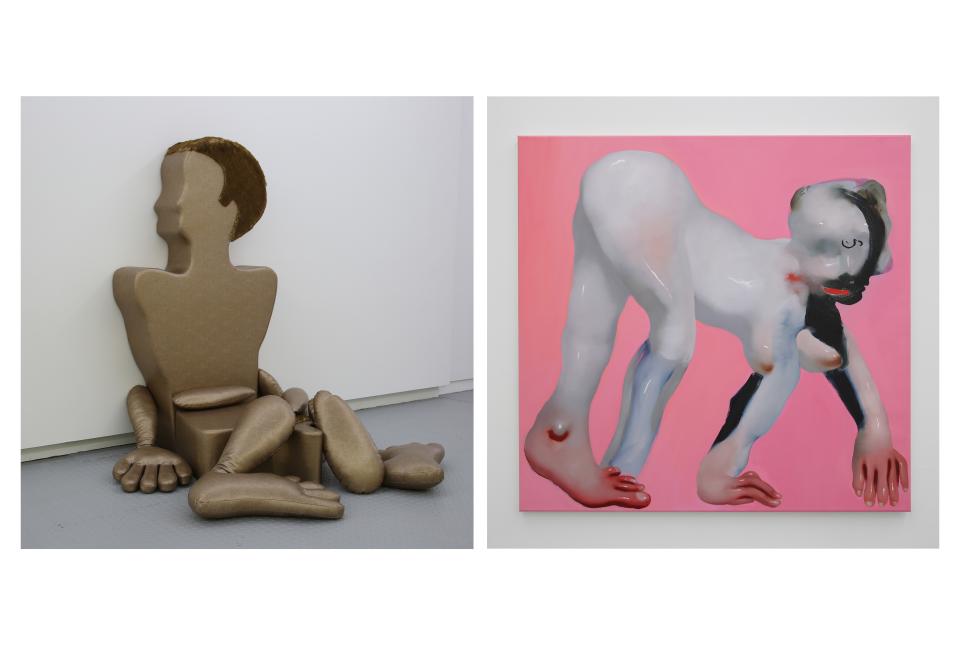Nicola L's Functional Sculptures Go on Display at New York's Arsenal Contemporary
"It would be perfect for jewelry," says a gallery visitor at New York's Arsenal Contemporary to the woman next to him, tugging open the nipple drawer of Nicola L.'s La Femme Commode and contemplating its obvious use: storage. It's the opening of "CHÈRE," an exhibition that places the functional sculptures of the French-Moroccan artist Nicola L., made from the late 1960s to the current decade, in conversation with the work of three contemporary Canadian female artists: Nadia Belerique, Ambera Wellmann, and Chloe Wise.
"We wanted to focus on this idea of objectification," explains Arsenal co-director Loreta Lamargese. "And the functional objects spoke to that in the most direct way."

While La Femme Commode has, perhaps, the greatest following, Nicola—now retired and living in Los Angeles—made a range of bodies-turned-objects, starting in the late 1960s. There was the massive, stuffed-vinyl foot—from toe to heel, it measures her exact height—that served as a chaise longue. The two-dimensional female figure cut into threes and laid on her back atop an acrylic base, that made a trio of coffee tables. The massive head, hollowed out and lined with shelves. On display at Arsenal, against stark white walls and under harsh fluorescent lighting, they're inseparable from their embedded functionality: cabinet, bookshelf, table, couch. Visitors can't help but tug open the drawers.

"Nicola pushed figuration into something that was touch-oriented and very sensual," Lamargese explains. "There's the desire to use—to put to use."
Contemporary female artists, she posits, are still chewing on some of the same ideas, albeit with a range of results. Chloe Wise, who captures members of her friend group in posed, almost artificial-seeming portraits, created two works for the exhibition. In each, a model wearing nothing but gloves lounges with Nicola's Vinyl Foot Sofa. In the same way that that foot is enlarged, stylized, and wrapped in slick, synthetic material, Lamargese explains, "The figures in Chloe's paintings become somewhere between a person and the idea of a person."
In Ambera Wellmann's painting Tip Toe, the line between human and object becomes even fuzzier. Like the bodies that Nicola dismembered and rearranged into strange, biomorphic sofas, the one Wellmann renders is warped into something almost alien. "She started painting porcelain surfaces before she began painting the body itself," explains Lamargese of Wellmann, pointing to the almost glazed effect of her technique. "You can see where this straddles a divide between something like an object—one that’s quite delicate—and something like a human body."

Meanwhile, in the same way that Nicola's Library Head represents an empty mind to be filled, Nadia Belerique's transparent bodies, like tables raised on stilt-like legs, are blank canvases, made interesting by the shapes and colors of the objects placed on top of them.
Ultimately, Lamargese explains, Nicola's influence must be considered: "She created the channel for women to explore their own objectification in a way that was real. Someone had to."
More from AD PRO: Has Instagram Made Design Shows Better?
Sign up for the AD PRO newsletter for all the design news you need to know

